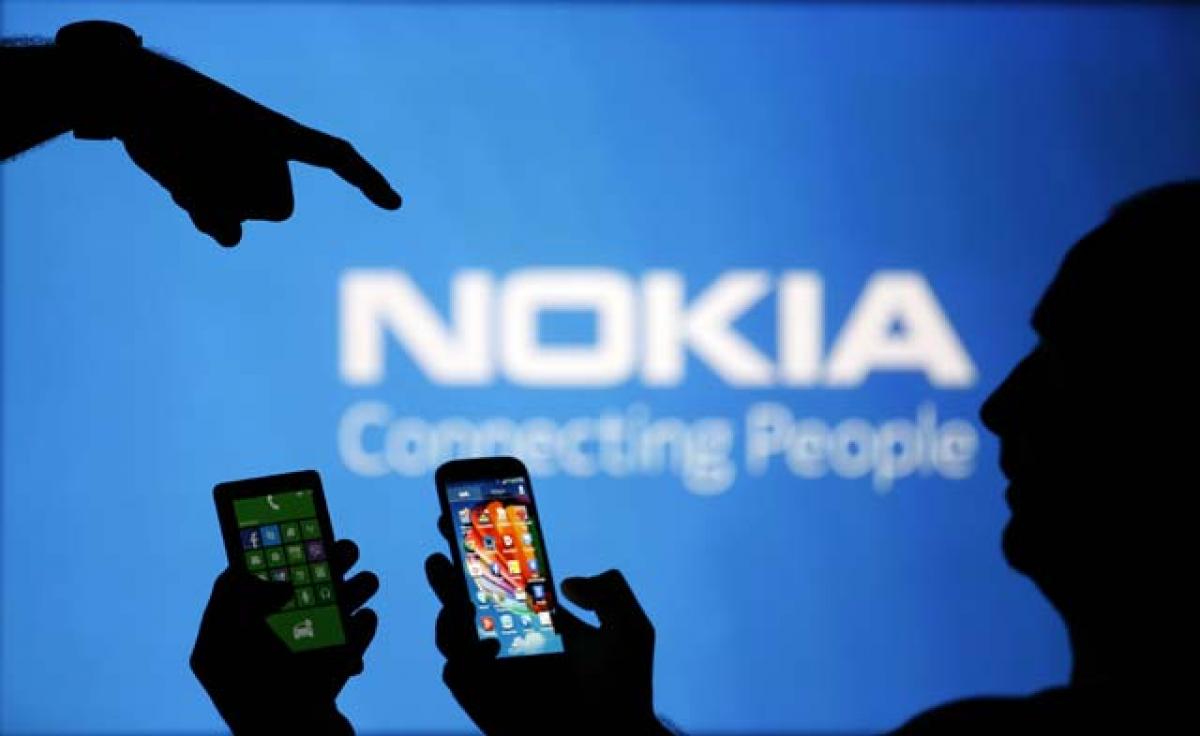Nokia announced the testing of 25G PON technology with Telefonica in Spain, marking the country’s first 25G PON deployment.
This technology, which can coexist on the same fibre network as XGS-PON and GPON, would allow Telefonica to offer symmetrical speeds of 20 Gbps to its 60 million fiber-to-the-home (FTTH) footprint. Telefonica, a key proponent of fibre rollouts in Spain, stated that the increased bandwidth will allow its users to access the Metaverse and other virtual reality apps.
“Telefonica was the first operator in Spain to provide gigabit connectivity, but we are not stopping there,” stated Gonzalo Garzón, head of fixed access at Telefonica Espana. “New FTTH technologies give us even more opportunities than home connectivity. With their massive uptick in capacity we’ll be able to offer new business services on the same network.”
Depending on the optics used, Nokia’s 25G PON system can offer symmetrical speeds of 25 Gbps as well as asymmetrical bitrates of 25/10 Gbps. The technology, which is based on Nokia’s Quillion chipset, also incorporates the vendor’s Lightspan and ISAM access nodes.

“This 25G PON proof of concept with Telefonica has demonstrated that the huge bandwidth capacity can be easily added to their existing networks, co-existing with their existing PON technologies,” added Bjorn Capens, Nokia’s VP of fixed networks in Europe. “This means customers on the same fiber line can be served with GPON, XGS-PON, or 25G GPON, making it much easier to manage upgrade cycles.”
Nokia has collaborated with various carriers over the last year to test and install 25G PON. The firm recently tested the technology in the United Kingdom, the Netherlands, and Croatia. Last summer, Nokia assisted Tennessee-based operator EPB in launching the country’s first community-wide 25 Gbps network.
While passive optical networking spending is increasing in EMEA, US providers are spending more on cable internet equipment, according to a Dell’Oro analysis from December. PON, in particular, accounted for 54% of EMEA broadband equipment spending in the third quarter. Only 38% of broadband equipment revenue in the United States came from optical networking and other fibre hardware.
In the United States, a few operators are working on 25G, notably Frontier Communications, which has expressed interest in Nokia’s new 100G-capable optical line terminal – and AT&T.
Eddy Barker, AT&T’s AVP of Mobility and Access Architecture, told Fierce last June he expects other vendors aside from Nokia to announce 25G capabilities in 2023, but that mainstream commercial rollouts likely won’t happen until 2024.


